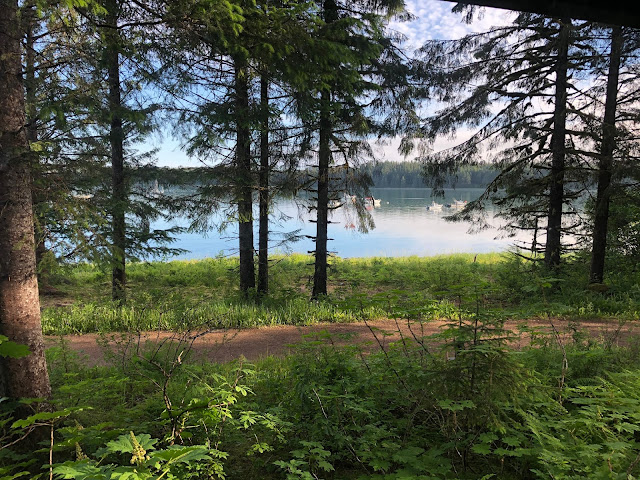Leadership Pain: The Classroom for Growth
Dr. Samuel Chand
Published in 2015 by Thomas Nelson
Book Review by Brad Kesler
All ministry leaders desire to finish well. Statistics tell us that for every 20 pastors who enter the ministry, only 1 retires from it. While the issues are many and varied, a major reason ninety-five percent of pastors leave the ministry is unexpected pain resulting from being a leader. Bible College excels in preparing pastors educationally for ministry, however we are often not prepared for leadership challenges that arise.
Dr. Samuel Chand has written an excellent book entitled,
Leadership Pain: The Classroom for Growth. The book is endorsed by a number of leaders, including Dr. George O. Wood, John Maxwell, Judah & Chelsea Smith, Craig Groeschel, Brian Houston, and Christine Caine.
Dr. Chand does not attempt to develop a theological treatise on pain, but identifies sources of leadership pain, and offer solutions for responding with “wisdom, strength, and grace.” The theme throughout the book is that leaders will only grow to the threshold of their pain.
If you have been in leadership, you have experienced pain. Dr. Chand says, “If you’re leading, you’re bleeding.” Causes of pain are many, including financial strains, conflict with parishioners, criticism, betrayal, unmet expectations, heartaches at home, etc. The author delves into each of these causes and more, bringing rich insights.
Leadership pain can make us feel like quitting, and the pressures of ministry are intense. However, if we can increase our threshold for pain, God will use that very pain to shape and mold us into his image. Dr. Chand says, “Have we experienced enough of his grace and greatness to convince us to have ambidextrous faith, trusting that he will use both blessings and heartaches to produce wisdom, faith, character, and hope in us?” As your 3rd grade gym teacher said, “No pain, no gain!”
Scriptural support for the concept of learning through trials is found in James 1:2-4, “Count it all joy, my brothers, when you meet trials of various kinds, for you know that the testing of your faith produces steadfastness. And let steadfastness have its full effect, that you may be perfect and complete, lacking in nothing” (ESV).
I am not the same person now as when entering vocational ministry at age 23. A large portion of my growth experience has resulted from the various challenges and trials I have encountered. I hope to be a different person at age 60 than at 44. Rather than quitting in despair when trials appear, it is helpful to view them as growth opportunities. Dr. Chand does not minimalize pain, but helps to put it into proper context, and helps the reader understand its purpose. He says, “As long as we see failure, stress, and difficulties as intruders, we’ll fail to let them teach us, shape us, and strengthen us. When we expect God to use pain in our lives to sift us, prune us, and build us, we’ll have the tenacity it takes to endure hard times.”
Dr. Chand provides strategies for helping the reader deal with leadership pain. The Hebrews passage reminds us to take our eyes off the misery and fix our eyes upon Jesus, who is the author and perfecter of our faith. Dr. Chand exhorts us to keep our focus on the mission and vision God has given us. Just as a long-distance runner is willing to endure pain with visions of completing the race, we have a heavenly finish
line awaiting. Dr. Chand, encouraging readers to ensure they have a pain partner writes, “Whatever the cause, most pastors have no one to lean on, no safety valve, no understanding ear, and no shoulder to cry on.” He gives valuable advice on how to select people in your life for that purpose.
This book will be valuable not only for ministry leaders, but for all Christians. It is very well written and easy to read. Each chapter includes a true story from people in ministry including Scott Wilson, Benny Perez, and Lisa Bevere that illustrate principles from that chapter. I highly recommend that you read
Leadership Pain: The Classroom for Growth.





































